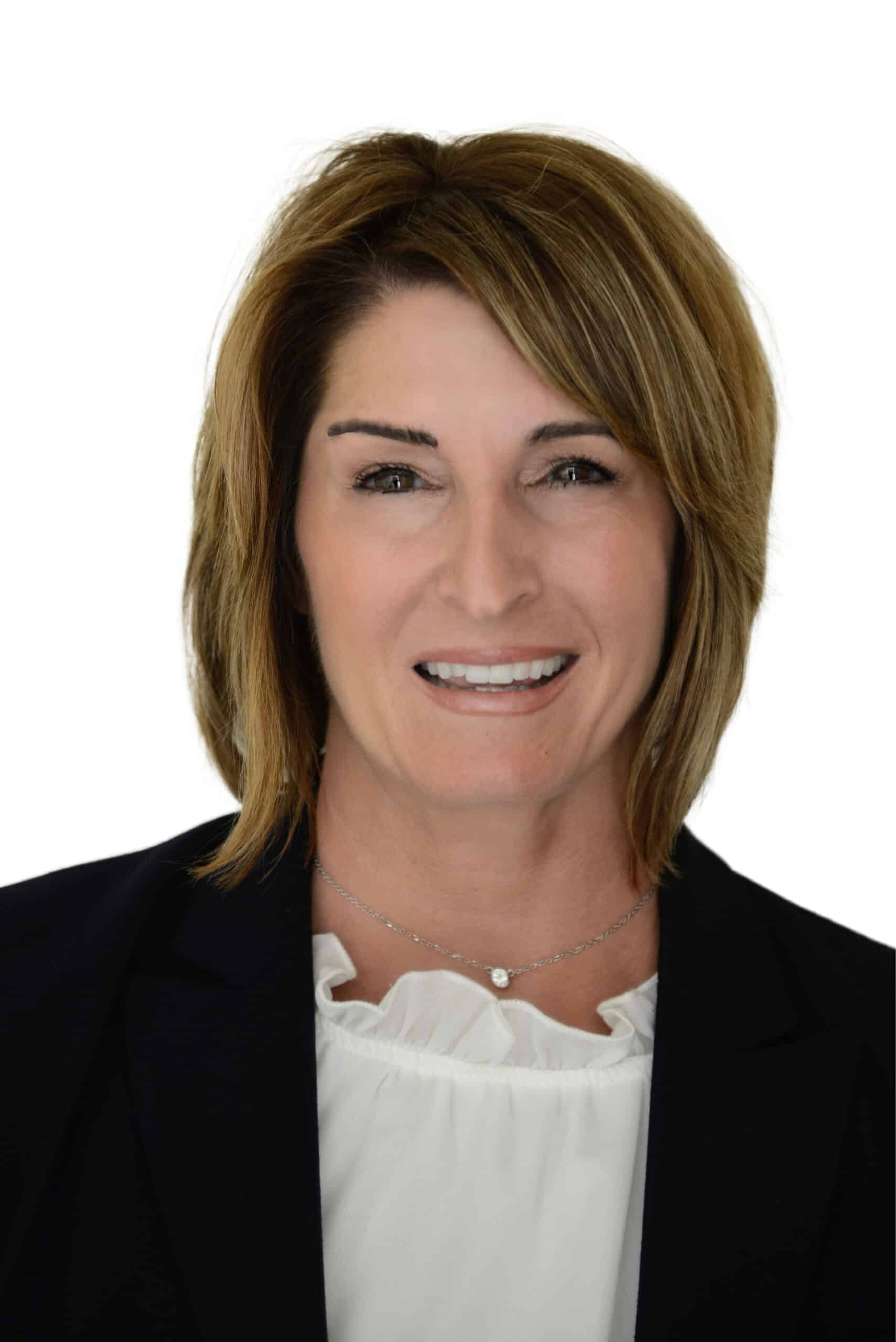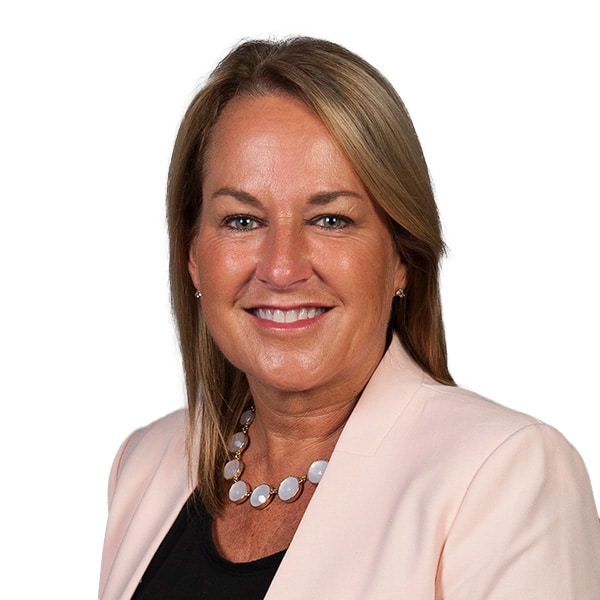Today, more than ever, it is essential for healthcare organizations to create a work environment that balances the needs of both staff and the patients served. Increasing demand for care and decreasing medical professionals is a challenge that has to be solved. One approach to increasing job satisfaction and retention involves allowing staff to have input into their schedule—a key satisfier for many healthcare workers. However, without guardrails, this approach can upset the balance and have detrimental effects on staff satisfaction and patient care.
There are many joys in being a healthcare professional. Some would say there is nothing more gratifying than knowing you helped someone feel better, caught an ominous condition early, or helped improve someone’s overall health. Almost no one chooses healthcare as a career unless they love interacting with people, being busy, and not sitting at a desk staring at a computer. Like any other profession, there are downsides to the career. One of the biggest is that healthcare is generally a 24/7 operation. This means around-the-clock coverage in many settings, including holidays and weekends, and often little to no say in one’s schedule.
The Rise of Self-Scheduling and “Selfish Scheduling”
To combat this, many healthcare organizations have attempted to offer self-scheduling. Self-scheduling has been available in the United States since the 1980s and has gained additional popularity with the increase in Magnet organizations. Self-scheduling involves releasing a template that allows staff to sign up for the shifts they desire, with specific requirements such as a minimal number of shifts per schedule, holiday coverage, and/or working a certain number of weekends per month. The desired outcome is increased staff satisfaction, which should come with having some “control” over their schedules.
Despite best intentions, self-scheduling can result in unbalanced schedules and a need for leadership adjustments based on departmental needs. The timing of the template release and leadership adjustments can easily drive dissent among staff, especially when there aren’t guardrails in place to ensure fairness. For example, the nurse who happens to be working on the day the new schedule cycle opens up has a clear advantage and prime schedule picks over staff not working that day. Rancor over scheduling can have a considerable negative impact on the function of a care delivery team.
Staffing to employees’ personal schedules, or “selfish scheduling,” is a common phenomenon in self-scheduling. For example, a staff member prefers to work a four-day week and therefore schedules 10-hour shifts on those days. This might meet the needs or desires of the staff member, but it might not align with what’s needed from a patient arrival or census perspective. An eyebrow should be raised if a five-day/week procedural department has a manager who works four ten-hour shifts rather than consistent coverage throughout the week and there is no alternative managerial coverage. How would the need for a manager not exist on the fifth day of operation?
3 Steps to Patient-Focused Staffing
What every area of healthcare should do is schedule and staff to meet expected patient volumes. This is known as Patient-Focused Staffing, and it will contribute to both patient and staff satisfaction. There are three main steps:
- Understand volumes by day of the week and by quarter of the year. Recognizing and adjusting to seasonal volume trends can lead to increased staff satisfaction – the right number of staff to meet demand. For example, if a department experiences a seasonal volume increase during the winter, consider having staff work every other weekend “in season” and every third weekend outside season when volumes decline.
- Schedule appropriately to that volume. If an area wants to offer self-scheduling, the scheduling template should be designed in a way that ensures the right number and complement of staff can schedule themselves for what the volume of patients is likely to be per day of the week, without over or under-scheduling. With very few exceptions, no area should be scheduled the same way every day. By crafting a self-scheduling template in this fashion, you can be assured that the needs of the patients and staff are being met.
- Consider implementing a committee of peers to finalize the schedule based on established guidelines. Having a staff–governed scheduling committee reduces the burden on department leaders, gives accountability to the team, and elevates engagement. Review scheduling guidelines on an annual basis to ensure the guidelines align with department needs. In areas such as procedural, ensure all scheduling variables, such as weekend rotation and on-call requirements are clearly outlined in the scheduling guidelines.
A staff member’s schedule is a high priority to them personally. It is a key driver in their perception of work-life balance and creates enhanced satisfaction, communication, and ownership. Implemented correctly, self-scheduling doesn’t have to be selfish scheduling.
Impact Advisors can help you implement and optimize Patient-Focused Staffing practices. Connect with one of our clinical workforce management experts to find out more.





